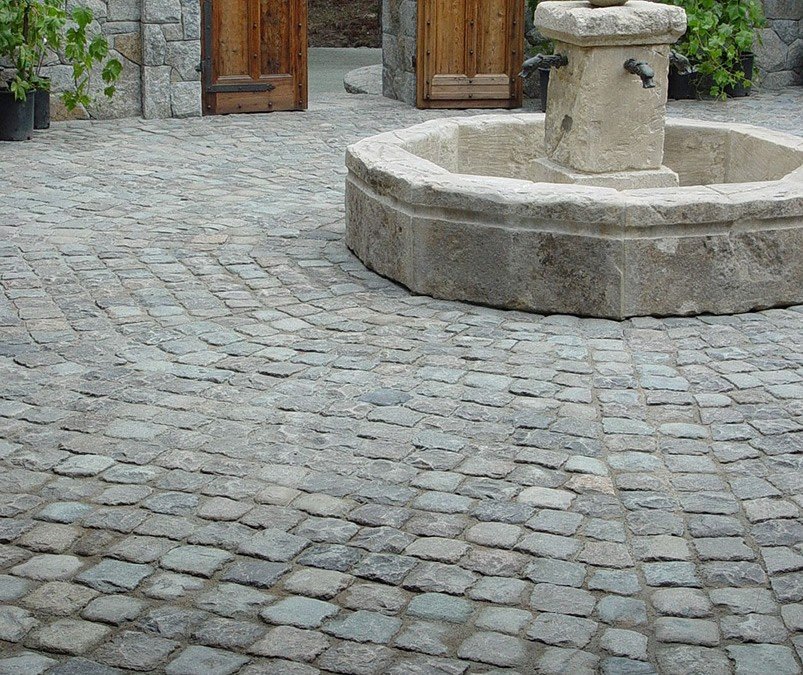Basic green home design can make a difference in how many resources your home consumes without going to expensive extremes. We thought the following five suggestions from Anne Higuera, a contributing editor at HOUZZ.com were worth sharing:
1. Only build as much space as you will use. Limiting the space you build will go a long way toward saving money on the immediate and future costs of your project. Think through whether you really need that extra bedroom, extra bath and extra sink. How often will they be used? If they’re for infrequent guests or occasional parties, you may want to rethink the extra square footage.
2. Buy high-efficiency appliances. Look for the Energy Star label on dishwashers, fridges, lighting fixtures and more. If you have a refrigerator that’s 20 years old, you may be surprised by how much you can save by purchasing a new energy-efficient one. Home- and water-heating appliances also come in high- and higher-efficiency options.
3. Insulate, and then maybe insulate some more. In cold climates insulate fully with formaldehyde-free fiberglass batt insulation to local building code requirements. You may have room to insulate more, depending on the size of your attic. You can also consider blow-in cellulose insulation, or net and blow — cellulose is blown into netting from inside walls.
4. Use materials that will last. Invest in quality, in the long run it will save you from replacement.
5. Buy locally produced materials. You may feel tempted to search far and wide for the material you want. There are often locally produced materials that will serve the intended purpose and may be more interesting.
Lastly, don’t forget to consider using natural stone for both interior and exterior as well as in the landscape design.Stone has all the attributes of a green product. It requires almost no chemicals to produce or maintain, it emits no VOCs or hazardous airborne pollutants, and it is water-resistant and durable. It is also an attractive material that will outlive most structures built today, and it can be salvaged from one building to be reused or repurposed in another.
For exterior use, salvaged/reclaimed brick, reclaimed stone, old cobblestone and other hardscape elements are available to add charm and value to your project. If installed on a natural base with permeable joints, it allows water to slow down and penetrate, percolate or settle into the ground, which aids in the reduction of pollutants and reduces erosion.

